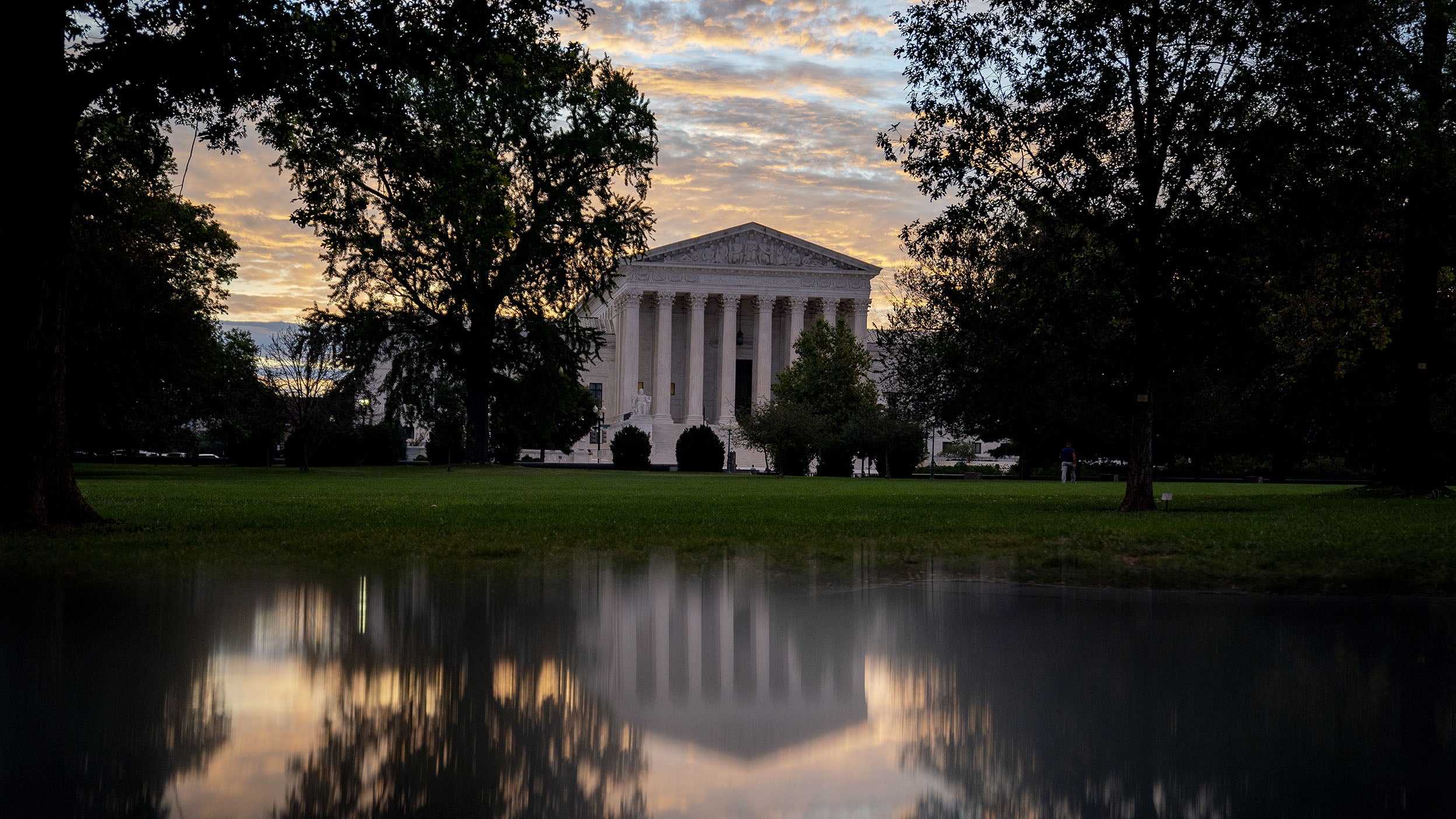
Loper Bright ruling: Impact on DC plan litigation in a post-Chevron world
The impact of Loper Bright Enterprises v. Raimondo and the potential implications on DC plan litigation in a post-Chevron world.

DC plan committees can help reduce litigation risk by establishing — and following — proper plan governance policies and procedures.
Recent Employee Retirement Income Security Act (ERISA) lawsuits have shed light on six key areas affecting plan sponsors: governance, investments, plan fees, plan documentation, plan administration, and plan communications. This article kicks off our six-part ERISA Litigation Playbook series where we expand upon fiduciary best practices focused on governance.
Employers offering Defined Contribution (DC) plans to their employees have a fiduciary duty to properly oversee the plan and select and monitor plan service providers – for the exclusive benefit of the plan participants. For more than 30 years, the courts have emphasized that to satisfy fiduciary duties under ERISA, “a pure heart and an empty head are not good enough.”1 Rather, good governance and proper fiduciary appointment and delegation are critical to help mitigate fiduciary risk.
Fiduciary responsibility for a DC plan is initially “held” at the very top level of an organization (i.e., the Board of Directors), and is typically delegated down to a plan committee for ongoing plan operation and oversight. Here are a few key tips to consider:
The committee has a fiduciary responsibility to conduct request for proposals (RFPs) for each DC plan service provider (recordkeeping, managed accounts, self-directed brokerage, auto-IRA cash outs, etc.) and an additional duty to monitor each service provider on an ongoing basis (annual monitoring and documentation is ideal).
Regardless of whether the plan needs it or not, a best practice is to periodically alternate between benchmarking and full vendor Searches:
Committees may wish to consider engaging outside counsel on sensitive plan projects (i.e., fee benchmarking) or committee meeting minutes to establish the work under attorney/client privilege.
Since each member of a DC plan committee can be sued for breach of ERISA fiduciary duties, both civilly and criminally, it’s imperative plan sponsors understand the plan’s insurance coverage levels for fiduciary policy, fidelity bond, cyber and professional liability coverage for the plan and plan fiduciaries. Often there can be dangerous policy carve-outs and exclusions, so understanding what is and is not covered – and sharing with committee members – will help educate the members on the sensitivity of their fiduciary role, but also help the committee see where additional coverage may be beneficial.
Here’s a checklist for plan governance best practices:
A full ERISA Fiduciary Considerations Checklist is available to help plan sponsors and their consultants ensure both the plan and committee members are properly protected. Download the complete checklist.
Donovan v. Cunningham, 5th Cir. 1983.
3(21) Investment Adviser: A co-fiduciary role whereby an adviser provides investment advice with respect to funds in a retirement plan investment menu. Employers retain the discretion to accept or reject the advice. Also referred to as a 3(21) fiduciary.
3(38) Investment Manager: A plan fiduciary with full discretionary authority and control over selecting, monitoring and replacing retirement plan investments. The plan sponsor offloads fiduciary risk for investments to the adviser; however, employers still carry a fiduciary duty to monitor the adviser. Also referred to as a 3(38) fiduciary.

The impact of Loper Bright Enterprises v. Raimondo and the potential implications on DC plan litigation in a post-Chevron world.

Fred Reish discusses three steps committees should take when adding retirement income options to their DC plans.

Fred Reish covers the fiduciary process and best practices around in-plan retirement income solutions.
Important information
NA2264347
The opinions expressed are those of the author, are based on current market conditions and are subject to change without notice. These opinions may differ from those of other Invesco investment professionals.
The information provided is general in nature and may not be relied upon nor considered to be the rendering of tax, legal, accounting or professional advice. Readers should consult with their own accountants, lawyers and/or other professionals for advice on their specific circumstances before taking any action.
This link takes you to a site not affiliated with Invesco. The site is for informational purposes only. Invesco does not guarantee nor take any responsibility for any of the content.